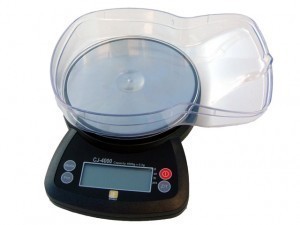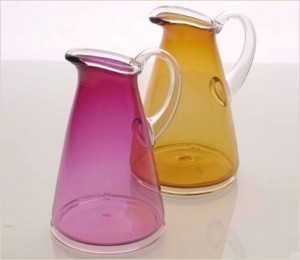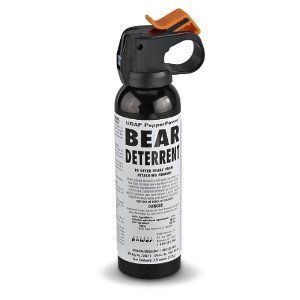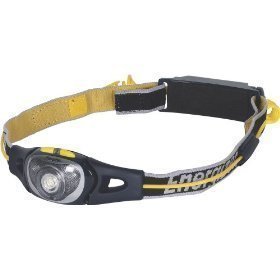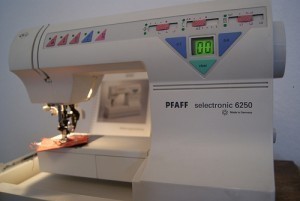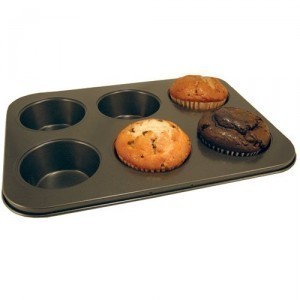How Large is an Egg Cup?
Egg cups are interesting kitchen utensils of the olden times. In fact, you will hardly find them available in many home stores today. They are usually being sold in antique shops.
Egg cups have been quite popular during the 18th century in many European countries such as Italy, Germany, and France. To them, it was a symbol of elegance in dining.
What are Egg Cups?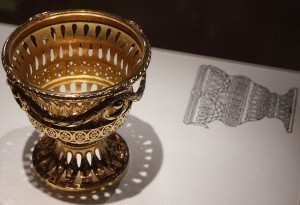
As they usually stand as a symbol of elegance in the dining table, it is common to find egg cups in silver, gold, and china. They usually bear classy designs making them a sight to behold at the dining table.
Egg cups are egg-shaped but with the top part open to accommodate the egg. They are created to keep the egg upright and in place while it is being consumed. It helps diners to eat the eggs easily, in a classy manner, without the risk of spilling the yolk aall over the table.
Today, egg cups are often seen in European hotels, served with soft-boiled eggs as a breakfast treat to diners.
How Large is an Egg Cup?
An egg cup is about the size of a large egg. It is intended to hold the egg in place while you are breaking an opening in the shell so you can proceed to your soft-boiled treat. It takes some practice and skill to use an egg cup properly. For those who barely know how this interesting kitchen utensil works, here is a guideline:
* If you want to practice eating in an egg cup, you must prepare (cook) a piece of egg according to your desired doneness. To do this, you must cover an egg with water in a saucepan and bring it to a boil over medium heat. Once the water comes to a rolling boil, you may turn off the heat and let the saucepan rest for a few minutes, depending on how solid you want your yolk to be. Once your desired doneness is reached, you can take away the egg from the pan and run cold water over it.
* Eggs have two ends, the pointed one and the rounded one. Make sure that when you place the egg on your egg cup, you arrange it rounded end first.
* When your egg is properly arranged, you may start creating a crack on the top part. Use the back of a knife or a spoon to slightly create a crack.
* Then, slice the cracked part using a butter knife. Your aim is to create a hole on top where your small spoon can scoop out the contents of the shell, without spilling the yolk up or out of the shell.
